As we know as guinea pig enthusiasts, guinea pigs have quite a sensitive sense of touch, which means their feet are very sensitive as well. There are a couple main things that can happen to guinea pigs’ feet depending on their eating habits and the living conditions that they’re living in.
Bumblefoot
This is a foot issue that is pretty common in guinea pigs, and it’s also referred to as pododermatitis.
Unfortunately this is pretty common in guinea pigs and it’s something that many vets treat guinea pigs for often. Bumblefoot can be so painful for the piggies, even in mild cases, and that’s why it’s important to try and prevent it in any ways that you can. It can sometimes be caused when a guinea pig is obese and that weight is putting pressure on their feet.
Another way to prevent bumblefoot is to keep their living conditions as clean as possible and to spot clean often! Remove debris and poop as soon as possible, and make sure to change their bedding or clean their liners often.
Some of the symptoms you should look out for include scrapes, scratches, or any kind of open wound on your piggy's foot pad. Bumblefoot can also cause some limping or difficulty walking. An obvious symptom would be swollen and irritated feet, or entirely swollen limbs.
To treat this, you can see your veterinarian for some medications that can help with managing your guinea pig’s pain. You can also adjust their living conditions to make it easier on their feet and for them to feel less pain if they are able to walk. Something like a soft cage liner would definitely help!
You can try out our GuineaDad Premium Liner or GuineaDad Liner, which is made with ultra-soft fleece and is super gentle on your piggy’s feet! This can also make standing much more comfortable for them as well. The liners also prevent bacterial growth, which can help with preventing infection.
Foot Spurs/Corns
Not all guinea pigs suffer from this, but some piggies can develop tough calluses on their feet. It sometimes looks like they’re on the surface, but they’re actually just below!
Some of the symptoms of this can be seen or felt when you touch your piggy’s paws and you feel a bump or protrusion from the foot pad. The skin will also be slightly dry and maybe even flakey.
The larger spurs can feel extra tough, like a bit of skin growing out of the bottom of their foot.
The causes of this foot issue isn’t fully pinpointed, as this can sometimes occur for seemingly no reason at all. Some think that it might have to do with genetics and that some piggies are more predisposed to it than others.
Guinea pigs that tend to suffer from this more are older, and the appearance of these spurs occur more as they age.
Some treatments for this include trimming the spurs themselves. This can be done during your piggy’s usual pedicure! Treat them the same way you’d treat their nails, and don’t trim them too short. To treat the dryness, you can apply a small amount of organic coconut oil to their feet for hydration.
Foot issues for guinea pigs can be so deeply uncomfortable for them since they’re always on their little feet, and the best way to prevent them, or treat them once they’ve occured, is to do your research and do what you can to ease their suffering!








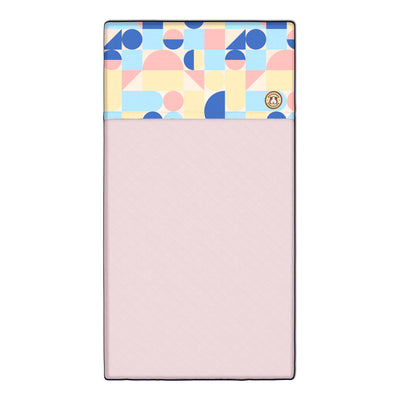
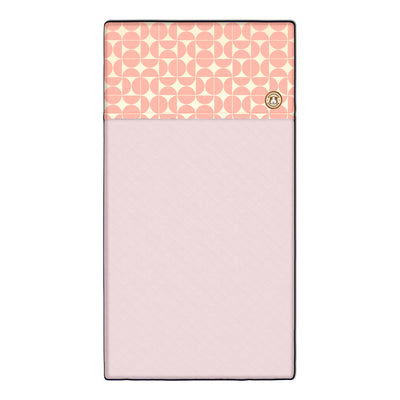
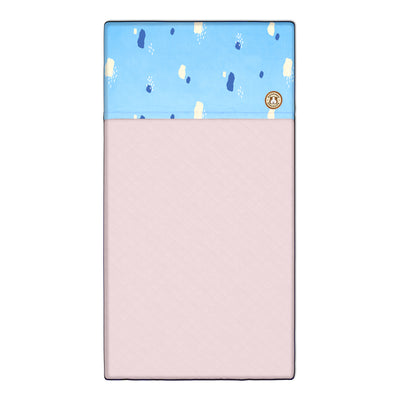
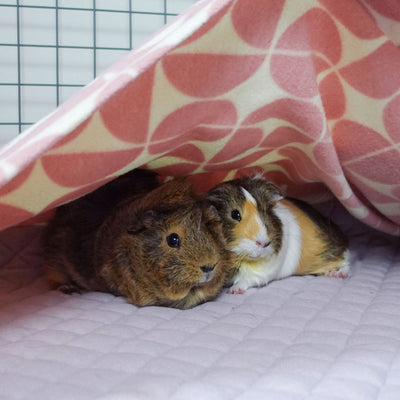
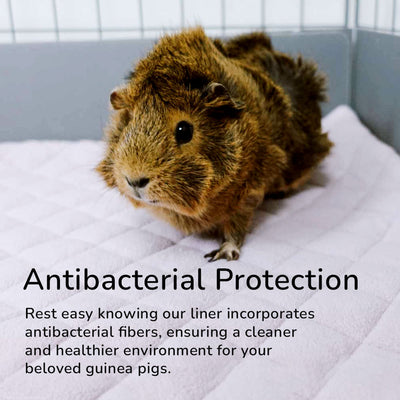






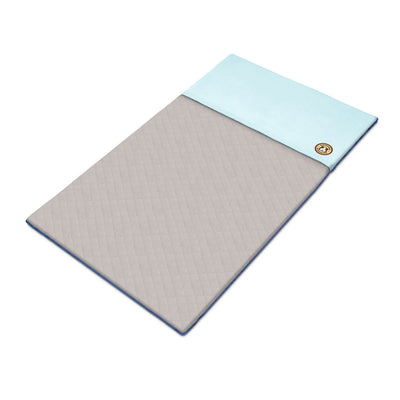
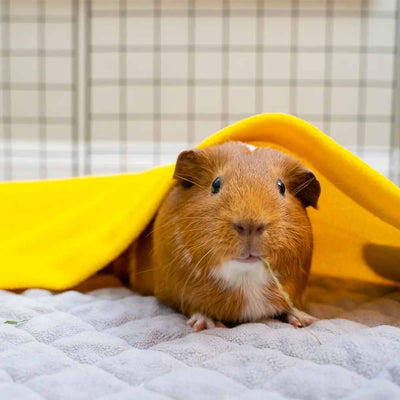
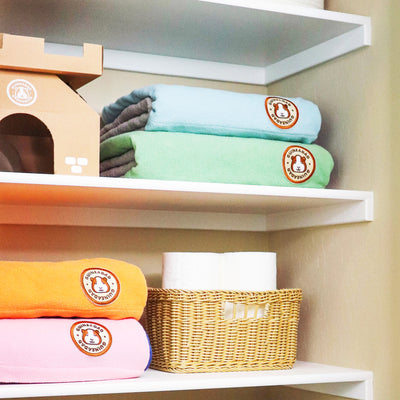
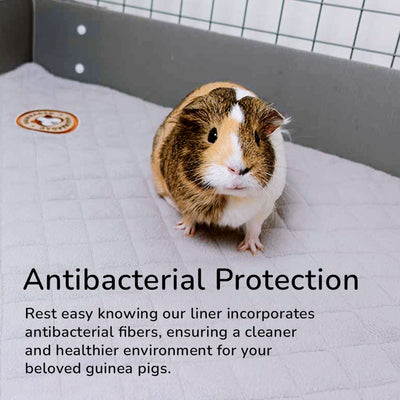
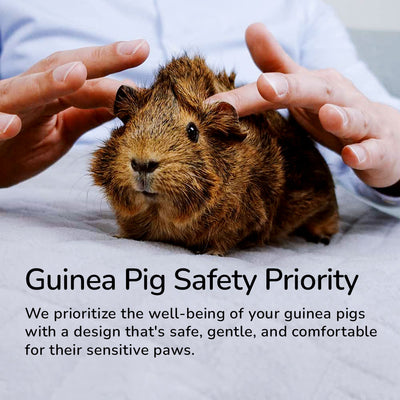

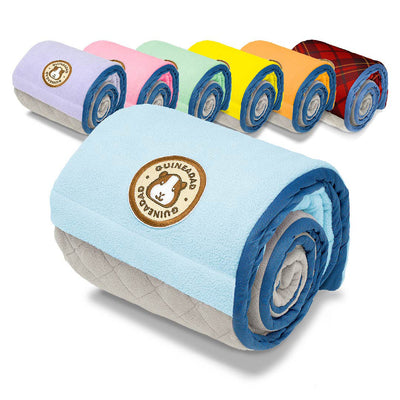


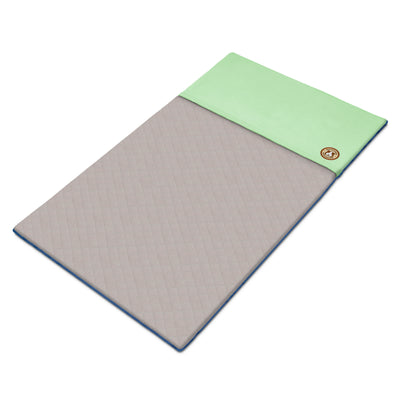
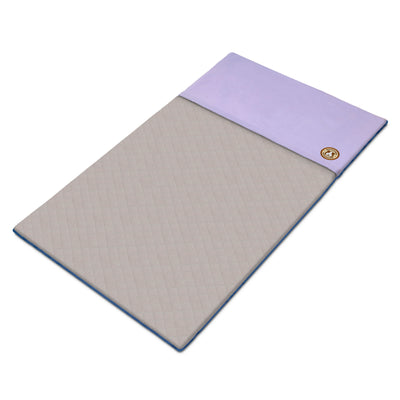
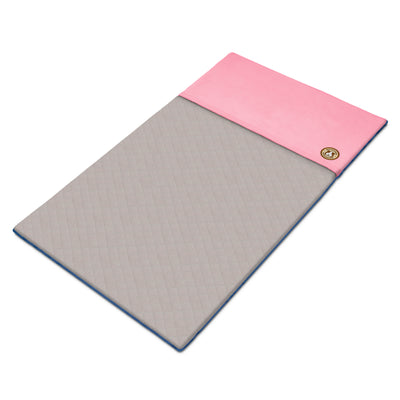
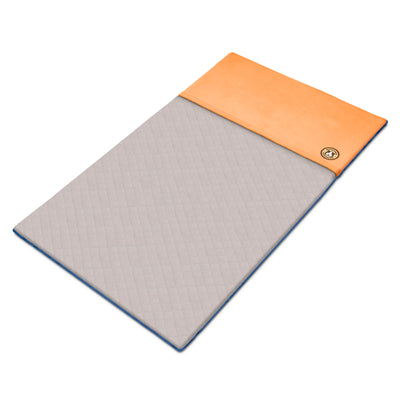
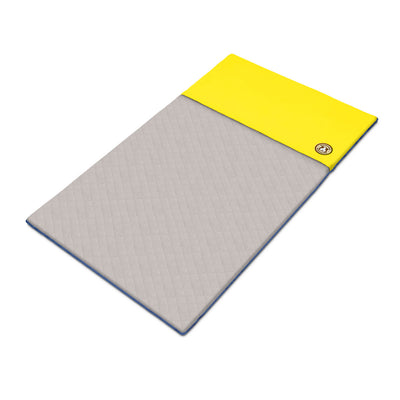







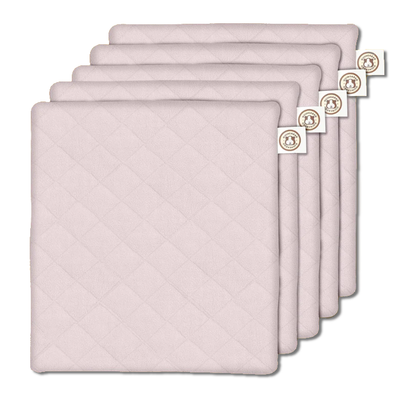
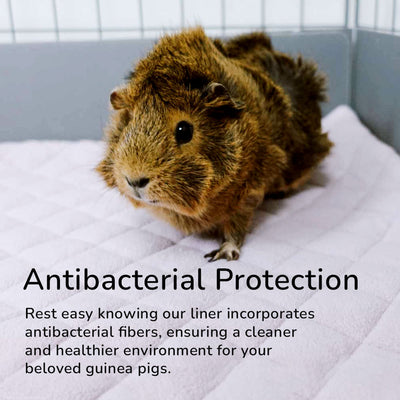


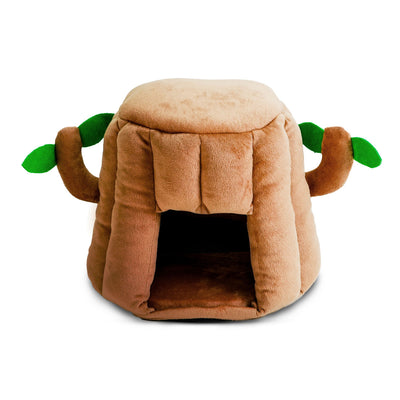

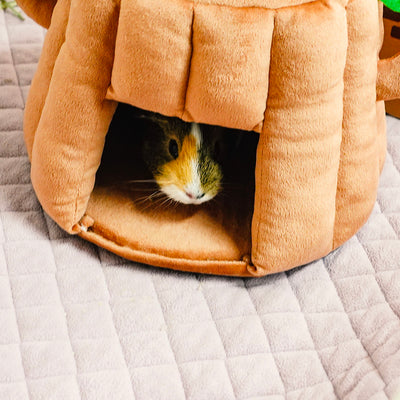
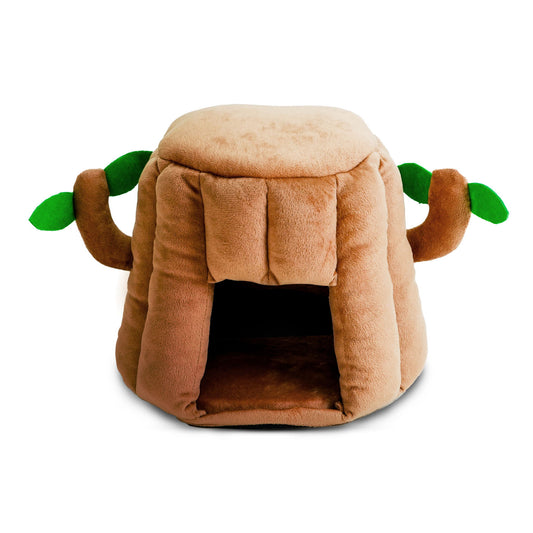
2 comments
Hi. I was just wondering how do i just help feet that are only flaky and don’t have spurs.
Hello I need to find out about my guinea pigs can you find out about the guinea pigs